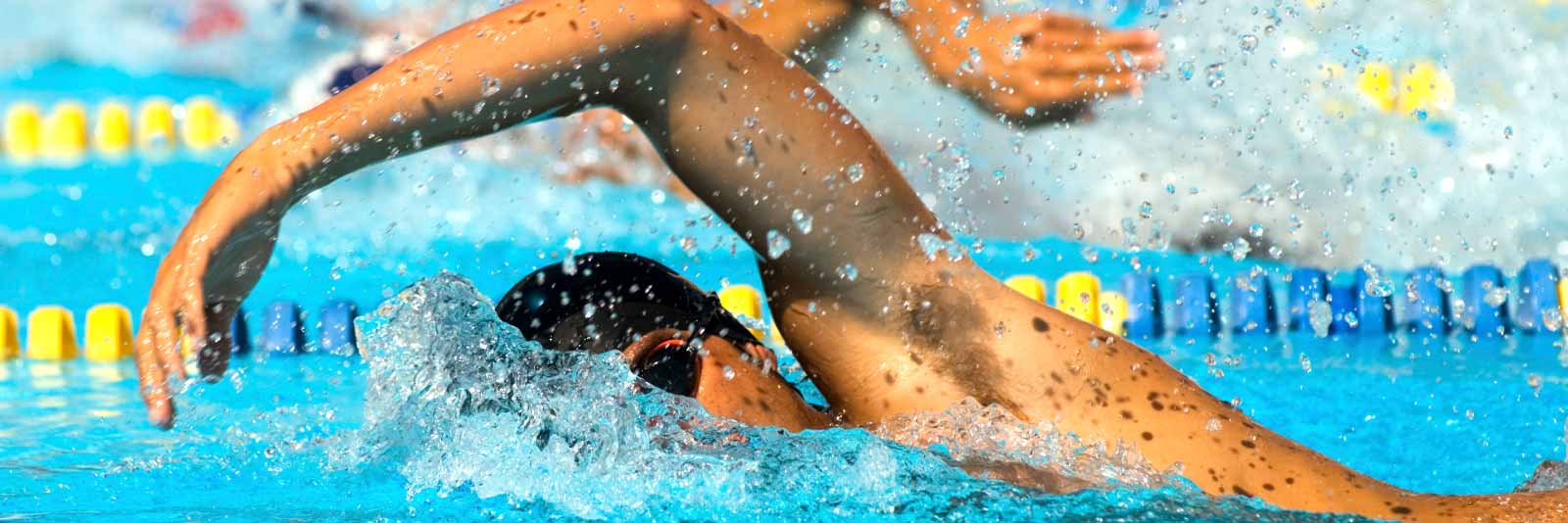NCAA swimming recruiting rules are in place to regulate recruiting efforts and contact periods between coaches and student-athletes. The more families understand the rules, the better they’ll be able to manage their recruiting process.
On This Page
Understanding the NCAA Swimming Recruiting Rules and Calendar
NCAA swimming recruiting rules and calendars can prove to be a difficult read for student-athletes and their families. Most importantly, the rules are designed to limit when and how college coaches can proactively recruit prospects. The easiest rule to remember is that men’s swimming coaches from NCAA D1 and D2 schools are permitted to be involved in recruiting through most of the calendar year. The exception is what the NCAA calls the ‘dead period’. No in-person communication is allowed during this period. NCAA Division 3 coaches are not working under this rule, so these coaches can make contact and recruit year-round. What makes the best swim camp programs?
When Can Colleges Start Recruiting for Swimming?
The NCAA swimming recruiting rules allow student-athletes to be contacted initially by an NCAA D1 college coach or recruiter only after June 15 of sophomore year. However, it is not like college coaches wait until June 15 of a recruiting class’s sophomore year to begin looking for prospects. Leading up to that time, coaches are watching results, searching prospect databases and can send non-recruiting materials, such as camp information or non-athletic information at any time. NCAA D2 coaches can contact student-athletes at any time.
When Can College Swimming Coaches Contact Recruits?
On June 15 after sophomore year, NCAA D1 college coaches and recruiters are permitted to begin contacting recruits. On August 1 before junior year, NCAA swimming recruiting rules permit student-athletes and their families to take an “official visit.” This means that recruiting efforts really ramp up during your junior year. Coaches can send non-recruiting material, like brochures or camp information, at any time. NCAA D2 coaches can contact student-athletes at any time.
This is also the same time that college coaches can begin communicating with high school and club coaches about their student-athletes.
NCAA Division 1 Men’s Swimming Recruiting Rules
NCAA Division 1 swimming recruiting rules permit college coaches to recruit at any time except for four periods, including the four-day ‘Dead Period’ November 10-13, 2025. The additional no-contact periods are are:
- Aug. 18-24, 2025
- Dec. 18-Jan. 7, 2026
- Feb. 8-21, 2026, 14 consecutive days beginning with the Sunday that is 38 days before the first day of the NCAA Division I Women’s Swimming Championship
NCAA Division 2 Men’s Swimming Recruiting Rules
NCAA Division 2 swimming has dead period November 10-12, 2025. Here’s a breakdown of the D2 recruiting rules, which are much more relaxed than Division 1:
- General materials: College swim coaches and recruiters may contact a recruit through the sending of questionnaires, camp information, NCAA materials and non-athletic collegiate publications at any time.
- Printed recruiting materials: College swim coaches and recruiters may send other recruiting materials like camp information at any time
- Telephone calls: A college coach is permitted to contact a recruit via the telephone at any time
- Off-campus contact: The college recruiter may also make off-campus contact with the potential men’s college swimmer after June 15 of sophomore year.
- Official Visits: After June 15, immediately preceding a prospective student-athlete’s junior year in high school. There are no limits on the following recruiting functions for prospective student-athletes entering their junior year:
NCAA Division 3 Men’s Swimming Recruiting Rules
The NCAA swimming recruiting rules for Division 3 are not as stringent as the rules in D1/D2.
- As a freshman/sophomore, you may receive brochures for camps and questionnaires as well as recruiting information from D3 coaches. Coaches are also permitted to call you an unlimited number of times and you may also call them at your own expense. You are allowed to make unlimited unofficial visits at any time, but official visits aren’t allowed until after January 1 of junior year.
- Beginning on the first day of your senior year, you may make one official visit per college.
NAIA Men’s Swimming Recruiting Rules
NAIA swimming recruiting rules are vastly different than those established by the NCAA. For the high school student-athlete:
- There are no restrictions concerning contact with coaches. Student-athletes and coaches can contact each other an unlimited number of times.
- There is no recruiting calendar. Recruiting is year-round.
- All methods of contact with a coach are permitted, including e-mail, text, phone call or in-person.
2025-26 NCAA Swimming Recruiting Calendar
NCAA Division 1
Dead Period: November 10-13, 2025
Recruiting Shutdown
- August 18-24, 2025
- December 18, 2025 – January 7, 2026
- February 8-21, 2026
- Recruiting permitted all other times.
NCAA Division 2
Dead Period: November 10-12, 2025
Recruiting permitted all other times.
NCAA Division 3
- Year-round recruiting permitted.
